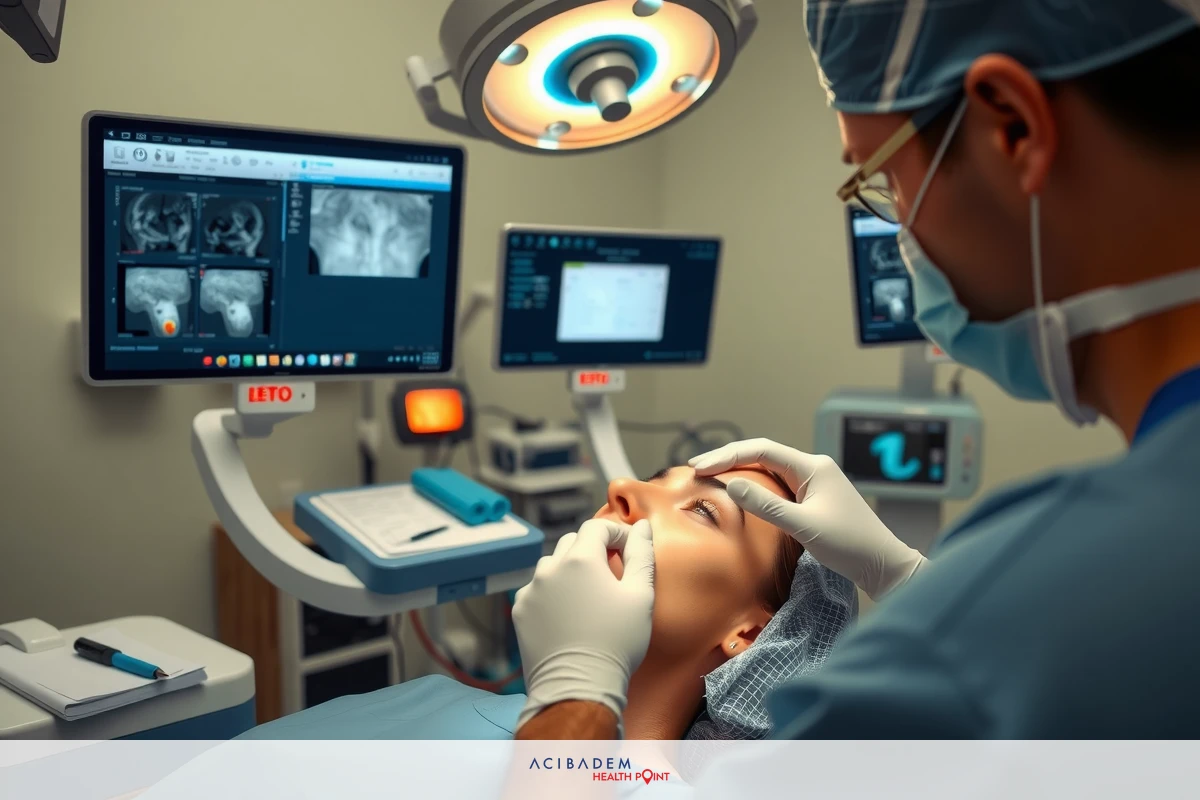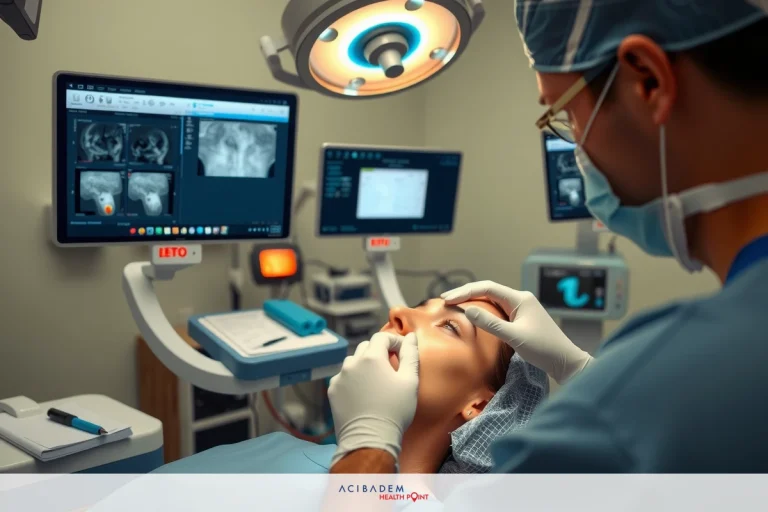How Much Does It Cost for a Rhinoplasty
How Much Does It Cost for a Rhinoplasty Rhinoplasty, is a common cosmetic procedure with a wide range of costs. The price can vary based on many factors such as location, surgeon’s experience, and the complexity of the procedure. This article seeks to shed light on these factors and their potential impact on the overall cost of rhinoplasty.
Understanding the pricing options for a rhinoplasty procedure can help in financial planning. The article will discuss different pricing structures such as all-inclusive packages and itemized pricing. It also provides guidance on how to navigate insurance coverage for this procedure. This includes tips on what questions to ask your insurance provider to understand potential coverage.
Factors Affecting the Cost
The cost of rhinoplasty can vary widely based on a host of factors. At its core, the price you pay is determined by the complexity of the procedure and the expertise required to perform it. The surgeon’s fees are often a significant portion of the overall cost. These fees are influenced by the surgeon’s level of experience, professional reputation, and geographic location. In general, highly experienced surgeons who are recognized for their expertise in rhinoplasty command higher fees.
Anesthesia is another crucial factor that influences the cost of rhinoplasty. Depending on the complexity and duration of your procedure, your surgeon may recommend general anesthesia or local anesthesia with sedation. The type of anesthesia used will impact the total cost as it involves different professionals for administration and monitoring. Anesthesiologists or nurse anesthetists have their billing structure which gets factored into your bill.
Facility charges also play a role in determining the total expenses for a rhinoplasty procedure. If your surgery is performed in a hospital, the facility fee can be higher than if it’s done in an outpatient surgical center or the surgeon’s office. The facility fees cover space usage, equipment, nursing staff, and other overhead costs associated with maintaining a sterile and safe environment for surgery. Additionally, unexpected expenses such as medical tests, post-surgery garments, or medications also add to the total cost of a rhinoplasty procedure.
Understanding these factors can provide a clearer picture of what goes into the total cost of a rhinoplasty procedure. It can also help set realistic expectations about the financial commitment involved in pursuing this form of cosmetic surgery. Remember that while cost is an important consideration, it should not be the only factor guiding your decision. The skill and experience of your surgeon are critical to achieving successful results.
Understanding Pricing Options
When considering rhinoplasty, it’s crucial to understand the different pricing options available. Some surgeons offer all-inclusive packages, which include all the costs associated with the procedure, such as surgeon’s fees, anesthesia, facility charges, and any additional expenses. This type of pricing structure can be beneficial as it provides a clear upfront cost for the entire procedure. However, it’s essential to clarify what is included in these packages to avoid unexpected costs.
Alternatively, some surgeons may offer itemized pricing where each element of the procedure is billed separately. This could include individual charges for the surgeon’s fee, anesthesia, facility use, medical tests, post-surgery care, and any other related expenses. Itemized pricing allows you to see exactly where your money is going but may result in higher overall costs compared to an all-inclusive package. It also leaves room for unpredicted expenses that may arise during or after the procedure.
Financing options are another important aspect to consider when planning for rhinoplasty. Many surgeons and clinics offer financing plans which allow patients to pay for their procedure over time rather than upfront. These

plans often involve monthly payments and may include interest or fees. It’s important to thoroughly understand the terms and conditions of any financing plan before agreeing to it. Additionally, some patients choose to use personal savings or loans from family members or financial institutions to cover the cost of their procedure.
In conclusion, understanding your pricing options can help you plan better financially for your rhinoplasty procedure. Whether you prefer the simplicity of an all-inclusive package or the transparency of itemized pricing depends on your personal preference and financial situation. Exploring financing options can also provide flexibility in managing the cost of your procedure.
How Much Does It Cost for a Rhinoplasty: Consulting Your Insurance Company
When planning for a rhinoplasty procedure, it’s essential to understand the role your insurance company may play. Coverage for rhinoplasty varies widely among insurance providers. It’s not uncommon for cosmetic procedures, like rhinoplasty, to be excluded from coverage. However, if the procedure is deemed medically necessary, such as in cases where the patient has breathing issues or a deformity, insurance may cover part or all of the costs.
Navigating insurance coverage can be a complex task. It’s advised to directly consult with your insurance provider to understand what is and isn’t covered under your plan. When discussing your potential coverage for rhinoplasty with your insurance provider, be sure to ask detailed questions. Inquire about any preapproval requirements, out-of-pocket costs, and if they have preferred surgeons or facilities. Understand the process of claim submission and any documentation needed from your surgeon’s office to facilitate this process.
Remember that understanding your insurance coverage is a crucial step in financial planning for your rhinoplasty procedure. Knowing what costs you may be responsible for can help eliminate surprises and allow you to plan accordingly. However, remember that an insurer’s decision not to cover a procedure does not reflect on its necessity or value. The decision to undergo rhinoplasty should primarily be based on personal goals and health benefits rather than purely on financial factors or insurance coverage alone.
Frequently Asked Questions
Is rhinoplasty covered by insurance?
Insurance coverage for rhinoplasty varies depending on your insurance provider and the specific circumstances. While cosmetic rhinoplasty is typically not covered, procedures deemed medically necessary, such as correcting breathing difficulties or deformities, may be eligible for coverage. It's important to consult with your insurance company to understand the details of your coverage.
How much does rhinoplasty cost on average?
The cost of rhinoplasty can vary significantly based on several factors, including the complexity of the procedure, the experience of the surgeon, the location of the practice, and additional expenses like anesthesia and facility charges. On average, the cost of a rhinoplasty procedure can range from $5,000 to $10,000 or more. It's best to consult with a qualified surgeon who can provide you with a personalized estimate.
What are the potential risks and complications associated with rhinoplasty?
As with any surgical procedure, rhinoplasty carries certain risks and potential complications. These may include infection, bleeding, adverse reactions to anesthesia, scarring, asymmetry, difficulty breathing, or dissatisfaction with the results. It's essential to discuss these risks with your surgeon and follow their pre and post-operative instructions to minimize any potential complications.
How long is the recovery period after rhinoplasty?
The recovery period for rhinoplasty can vary from person to person. In general, most patients can expect some swelling and bruising around the nose and eyes in the first week or two following surgery. It may take several weeks for most of the swelling to subside and several months for the final results to become apparent. Your surgeon will provide you with specific post-operative care instructions to help facilitate a smooth recovery.
Will rhinoplasty result in a noticeable scar?
Rhinoplasty is typically performed using closed or open techniques. With closed rhinoplasty, all incisions are made inside the nostrils, resulting in no visible external scars. Open rhinoplasty involves a small incision on the columella (the strip of tissue between the nostrils), which may leave a faint, barely noticeable scar that typically fades over time. Your surgeon will discuss the best approach for your specific case and provide guidance on scar management during the healing process.
Please note that these answers are general and may vary depending on individual circumstances. It’s always recommended to consult with a qualified plastic surgeon for personalized advice and information regarding your specific situation.











